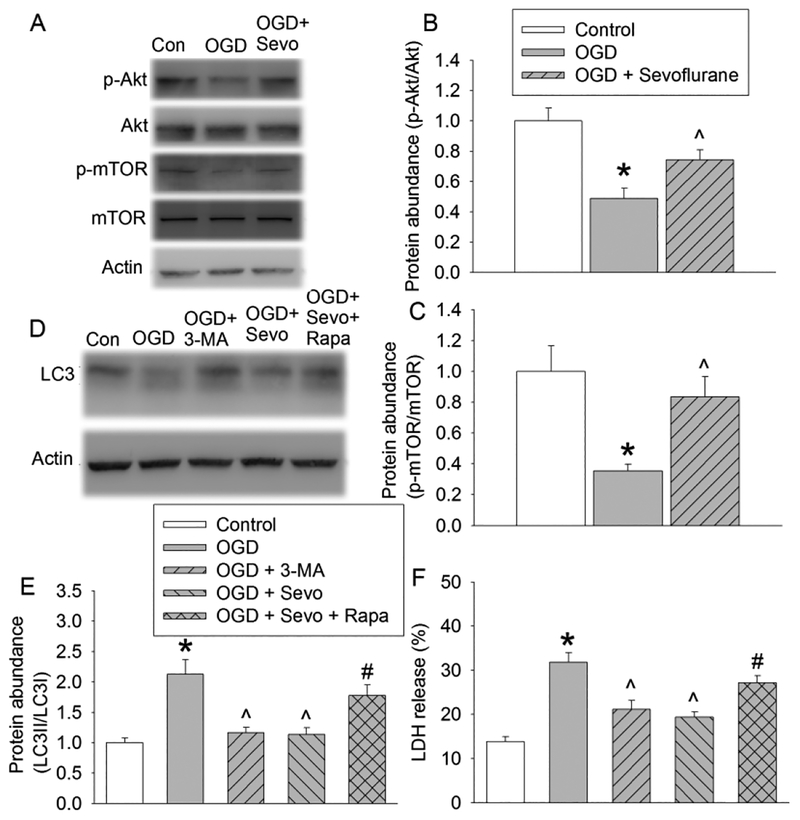Fig. 5. Role of Akt-mTOR signaling in sevoflurane postconditioning-induced decrease of autophagy and cell protection.
Human neuron-like cells were subjected to 1 h OGD followed with 20 h simulated reperfusion. Cells were exposed to 2% sevoflurane for 1 h immediately after the onset of simulated reperfusion. 3-MA was added to cells 1 h prior to OGD. Rapamycin was added to cells 24 h prior to OGD. They were present until cells were harvested for assay. A: Representative images of Western blotting. B: Quantitative results of phospho-Akt. C: Quantitative results of phospho-mTOR. D: Representative images of Western blotting. E: Quantitative results of the ratio of LC3II to LC3I. F: LDH release. Results are means ± S.E.M. (n = 8 for panels B and C, = 10 for panel E, = 9 for panel F). * P < 0.05 compared to control. ^ P < 0.05 compared to OGD group. # P < 0.05 compared with OGD plus sevoflurane postconditioning. Con: control; OGD: oxygen-glucose deprivation; 3-MA: 3-methyladenine; Sevo: 2% sevoflurane; Rapa: rapamycin.

